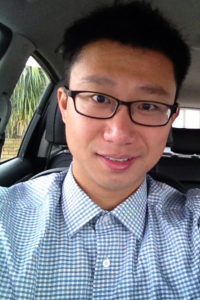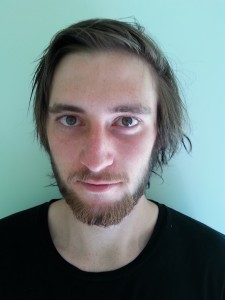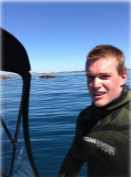Not science yet
I’ve written before about the problem of unpublished science in the news: the news story won’t (can’t) give much detail, and there’s no way to find it out. Stuff has gone one step further:
Recent animal studies show sleep’s cleansing process in action. But now scientists at Oregon Health & Science University are preparing to conduct a study on humans that would further explain deep sleep’s effect on human brains.
The ‘animal studies’ claim comes without any source. Fortunately the Google comes to the rescue and suggests it’s the research in this story from 2013. Interestingly, a couple of subsequent mouse studies have also found brain problems from interrupted sleep — but since each of the three studies found a different problem, with no overlap, this isn’t as supportive as it sounds.
It would matter less if it weren’t for the first sentence of the story
Forget about needing beauty sleep. It’s your brain that may suffer the most from a lack of deep shut eye.
There’s a definite suggestion that this is a risk factor you can do something about, especially as this is in the “Well & Good” section of the Stuff site.
Even if the Oregon research had been carried out and published, it might well not justify that sort of implication. Research that they’re still preparing to do certainly doesn’t.
[Update: It’s getting to be a trend: the Herald also has a story about research that hasn’t happened yet, on addiction.]
 orts with Associate Professor Rachel Fewster. Hubert explains:
orts with Associate Professor Rachel Fewster. Hubert explains:
 Every summer, the Department of Statistics offers scholarships to a number of students so they can work with staff on real-world projects. Christopher, right, is working with Associate Professor David Scott on All Blacks-related data. Christopher explains:
Every summer, the Department of Statistics offers scholarships to a number of students so they can work with staff on real-world projects. Christopher, right, is working with Associate Professor David Scott on All Blacks-related data. Christopher explains: Centre of Methods and Policy Application in the Social Sciences) and Professor Alan Lee from the Department of Statistics. Katie explains:
Centre of Methods and Policy Application in the Social Sciences) and Professor Alan Lee from the Department of Statistics. Katie explains:
Recent comments